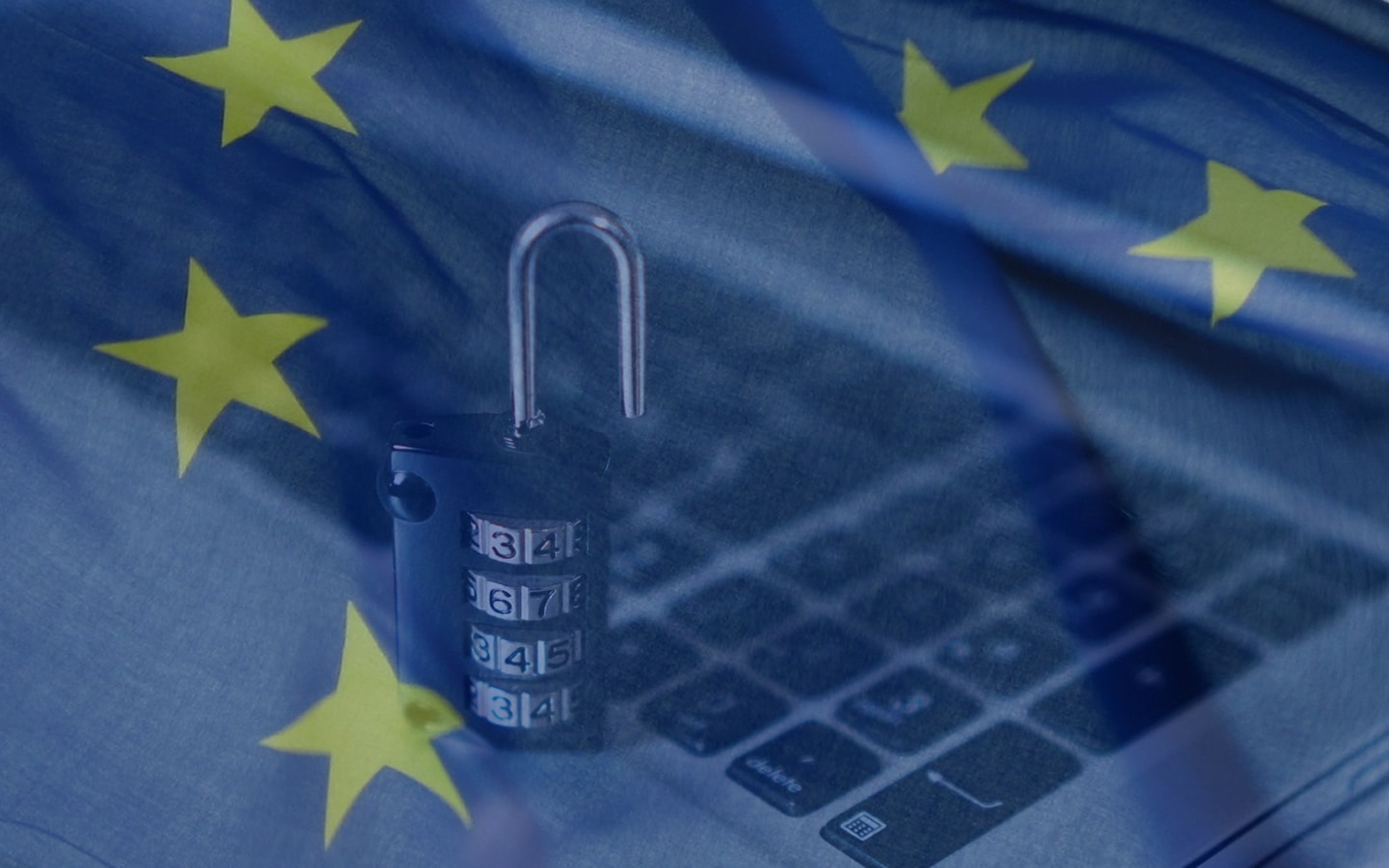Imagine this: you’re about to embark on a thrilling mountain expedition. You’ve meticulously planned your route, packed the right gear, and trained for weeks. But before you set off, wouldn’t you perform a final equipment check to ensure everything is in top condition? Your organization’s cybersecurity posture deserves the same level of meticulous attention.
That’s where cybersecurity audits and risk assessments come in. These crucial processes are like a thorough inspection of your digital defenses, identifying weaknesses and vulnerabilities before they become exploited by cybercriminals.
Why Are Cybersecurity Audits and Risk Assessments Important?
In today’s digital landscape, cyber threats are constantly evolving. Hackers are relentless in their pursuit of vulnerabilities, and a single breach can have devastating consequences — financial losses, reputational damage, and even legal repercussions. Here’s why taking a proactive approach to cybersecurity is essential:
- Identifying Unknown Threats: Just like a hidden tear in your backpack strap, some vulnerabilities can remain undetected unless actively searched for. An audit or assessment can uncover these hidden weaknesses before they become a problem.
- Prioritizing Security Resources: Security budgets are never endless. Audits and assessments help you identify the most critical areas to address, allowing you to allocate resources effectively and focus on the biggest security risks.
- Compliance with Regulations: Many industries have specific data protection regulations that companies must comply with. Audits and assessments can ensure your organization adheres to these regulations and avoids costly penalties.
- Building Confidence and Trust: Regular audits and assessments demonstrate your commitment to cybersecurity, fostering trust with clients, partners, and investors who entrust you with their data.
The Two Pillars of Security: Audits vs. Risk Assessments
While both audits and assessments play a vital role in cybersecurity, they serve distinct purposes:
- Cybersecurity Audits: Think of an audit as an in-depth examination of your current security posture. It involves a systematic review of your security controls, policies, procedures, and infrastructure to identify any gaps or weaknesses that could be exploited. Imagine a team of security specialists meticulously combing through your network, firewall configurations, and user access controls.
- Cybersecurity Risk Assessments: A risk assessment, on the other hand, is a more forward-looking process. It focuses on identifying potential threats and evaluating their likelihood and impact on your organization. It’s like anticipating the potential hazards on your mountain trek – avalanches, slippery slopes, or extreme weather conditions. By understanding these risks, you can take steps to mitigate them before they derail your journey.
An Ongoing Collaborative Effort
Both audits and assessments involve a collaborative effort between your internal IT team and the security professionals conducting the evaluation. Here’s a general overview of the process:
- Planning and Scoping: The first step is to define the scope of the audit or assessment. This involves identifying critical systems, data, and assets that need to be evaluated.
- Data Gathering and Analysis: The security team will gather information about your security controls, policies, procedures, and network configurations. This may involve interviews with key personnel and reviewing documentation.
- Vulnerability Identification and Risk Evaluation: Based on the gathered information, the team will identify potential vulnerabilities and assess the likelihood and impact of potential security incidents.
- Reporting and Recommendations: The final step involves delivering a comprehensive report that details the findings of the audit or assessment. This report should include recommendations for remediation actions to address identified vulnerabilities and mitigate risks.
Beyond the Initial Audit or Assessment
Cybersecurity is an ongoing process. Vulnerabilities can emerge over time due to new threats, software updates, or even human error. Here are some ways to ensure your cybersecurity posture remains strong:
- Regular Audits and Assessments: Schedule regular audits and assessments to stay ahead of evolving threats and keep your security controls effective.
- Patch Management: Ensure timely installation of security patches for operating systems and applications to address known vulnerabilities.
- Security Awareness Training: Educate your employees about cybersecurity best practices, such as phishing awareness and strong password hygiene. This can significantly reduce the risk of falling victim to social engineering attacks.
- Managed IT Services: Consider partnering with a managed IT services provider with expertise in cybersecurity. They can provide ongoing monitoring, threat detection, and incident response capabilities.
Taking Control of Your Cybersecurity Future
Cybersecurity audits and risk assessments are essential tools in your cybersecurity arsenal. By proactively identifying and addressing vulnerabilities, you can fortify your defenses and protect your organization’s valuable data. Remember, you wouldn’t embark on a mountain trek without proper preparation. Don’t navigate the digital landscape without robust cybersecurity measures in place.
Related Articles: How Climate Change Threatens Cybersecurity | Kidnapping and Ransom, an Old and New Business | TikTok Bans: Valid Cybersecurity Threats or ‘Political Theatre’?
Schedule your cybersecurity audit or risk assessment today, and take control of your organization’s digital security future. Consider partnering with a managed IT services provider to gain access to a team of dedicated security professionals who can guide you through the entire process. Here’s how a managed services provider can enhance your cybersecurity posture:
- Expertise and Efficiency: Managed IT service providers have the expertise and resources to conduct thorough audits and assessments, saving you time and money compared to building an in-house security team.
- Standardized Process: They follow established methodologies and best practices, ensuring a comprehensive and consistent evaluation of your security posture.
- Continuous Monitoring and Threat Detection: Beyond the initial assessment, some managed IT service providers offer ongoing security monitoring services. This proactive approach allows them to identify and address potential threats in real-time, significantly reducing your risk of a security breach.
- Vulnerability Management and Patching: They can automate vulnerability scanning and patch management processes, ensuring your systems are always up-to-date and protected against known threats.
- Incident Response and Recovery: In the unfortunate event of a security breach, managed IT service providers have the expertise and resources to help you contain the damage, recover your data, and minimize downtime.
The Cybersecurity Advantage
By partnering with a managed IT services provider, you gain access to a team of security specialists who can manage the complexities of cybersecurity audits and assessments, allowing you to focus on your core business objectives. Here are some additional benefits you can expect:
- Cost-Effectiveness: Building and maintaining an in-house security team can be expensive. Managed IT services offer a cost-effective way to access top-tier security expertise.
- Scalability: As your business grows, your cybersecurity needs will evolve. Managed IT services providers can scale their services to meet your evolving security requirements.
- Compliance Assistance: Navigating the complex world of data protection regulations can be challenging. Managed IT service providers can help you stay compliant with relevant regulations by ensuring your security controls are aligned with industry standards.
Invest in Your Digital Security
Cybersecurity audits and risk assessments are crucial investments in your organization’s digital well-being. By taking a proactive approach, identifying vulnerabilities, and implementing robust security measures, you can build a strong defense against cyber threats. Remember, cybersecurity is a continuous journey, not a one-time event. Regularly assess your security posture, stay informed about evolving threats, and consider partnering with a managed IT services provider for ongoing support. By taking these steps, you can navigate the digital landscape with confidence, safeguarding your data and ensuring the success of your organization in the ever-evolving digital age.
Editor’s Note: The opinions expressed here by the authors are their own, not those of Impakter.com — Cover Photo Credit: Tima Miroshnichenko.














